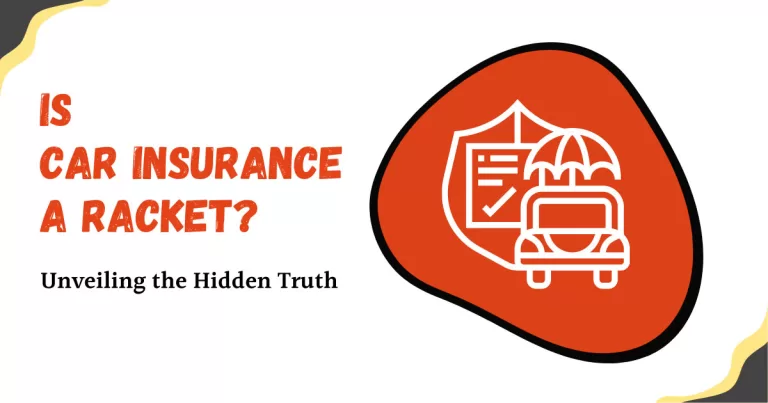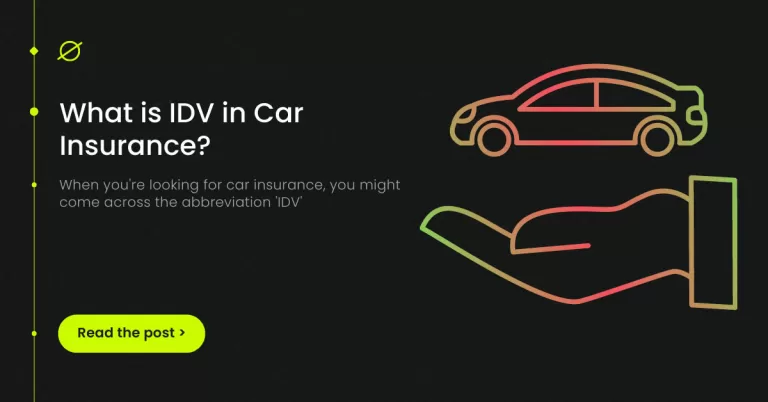Why Is Car Insurance So Expensive in the United States?

Explore the complex reasons behind the hefty price tags for car insurance in the United States. Delve into factors like high healthcare costs, costly lawsuits, and extensive regulations that contribute to the financial burden on American drivers
Why Is Car Insurance So Expensive in the United States?
Car insurance is an essential expense for most Americans, but it can also be a significant financial burden. In the United States, the average cost of car insurance is $1,760 per year, and rates can vary widely depending on a number of factors.
Table of Contents
The High Cost of Car Insurance in the United States: An In-Depth Analysis
Car insurance is an indispensable expense for most Americans, but it can also be a substantial financial burden. In the United States, the average annual cost of car insurance stands at $1,760, with rates varying widely depending on various factors. Let’s delve into the intricacies of why car insurance in the United States is so expensive.
Also Read: Factors Affecting Car Insurance Premiums
Rising Car Repair Costs: A Major Contributor
A primary reason for the high cost of car insurance is the relentless increase in car repair costs. As vehicles become increasingly complex and sophisticated, the cost of parts and labor has also surged. This is attributed to the use of advanced technologies and materials, which are considerably more expensive to replace.
For instance, the average cost of a car repair in the United States has escalated by over 40% in the past decade. This is partly due to the growing utilization of electronic components in automobiles, which are more costly to repair than traditional mechanical components.
The Alarming Rise in Accidents
Another factor contributing to the high cost of car insurance is the alarming rise in accidents. The number of car accidents in the United States has been on an upward trajectory in recent years, leading to a surge in insurance claims.
Numerous factors are responsible for the increase in accidents, including distracted driving, an increase in the number of vehicles on the road, and changes in road infrastructure.
Natural Disasters: Adding to the Financial Burden
Natural disasters, such as hurricanes, floods, and wildfires, can also wreak havoc on vehicles, resulting in increased insurance premiums. In the aftermath of a natural disaster, insurance companies may experience a flood of claims, driving up premiums for all policyholders.
For example, following Hurricane Katrina in 2005, insurance companies paid out over $60 billion in claims, leading to a significant increase in premiums for homeowners and car owners in the affected areas.
Also Read: Best Car Insurance Companies: Full Coverage, Low Premiums
Lack of Competition: A Limiting Factor
The car insurance industry in the United States is relatively concentrated, with a small number of companies controlling a significant share of the market. This lack of competition can lead to higher prices for consumers.
The concentration of the car insurance industry is partly due to the high barriers to entry. New companies face substantial costs to enter the market, as they need to establish a large network of agents and claims adjusters.
Impact on Consumers: A Significant Burden
The high cost of car insurance carries a significant burden on consumers. It can make it challenging for individuals to afford to own and operate a vehicle, limiting their access to jobs, education, and other essential services.
Furthermore, the high cost of car insurance can contribute to financial hardship, particularly for low-income households. A single accident can lead to a substantial increase in insurance premiums, which can be a major financial burden for families already struggling to make ends meet.
Conclusion: Addressing the Challenges
The high cost of car insurance is a complex issue with a multitude of contributing factors. Rising car repair costs, the increased frequency of accidents, natural disasters, and a lack of competition in the insurance industry all play a role in driving up premiums.
The high cost of car insurance has a significant impact on consumers, making it difficult to afford to own and operate a vehicle and contributing to financial hardship. Addressing these challenges requires a multifaceted approach that includes addressing distracted driving, improving road infrastructure, and fostering greater competition in the insurance industry.






